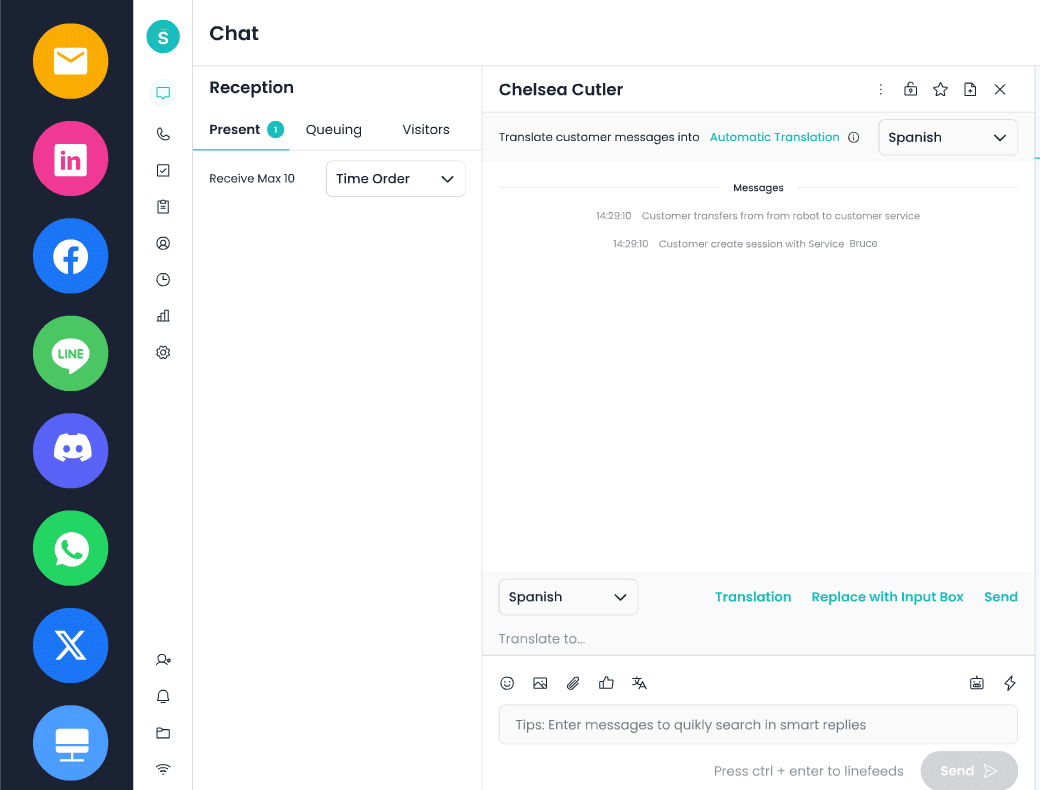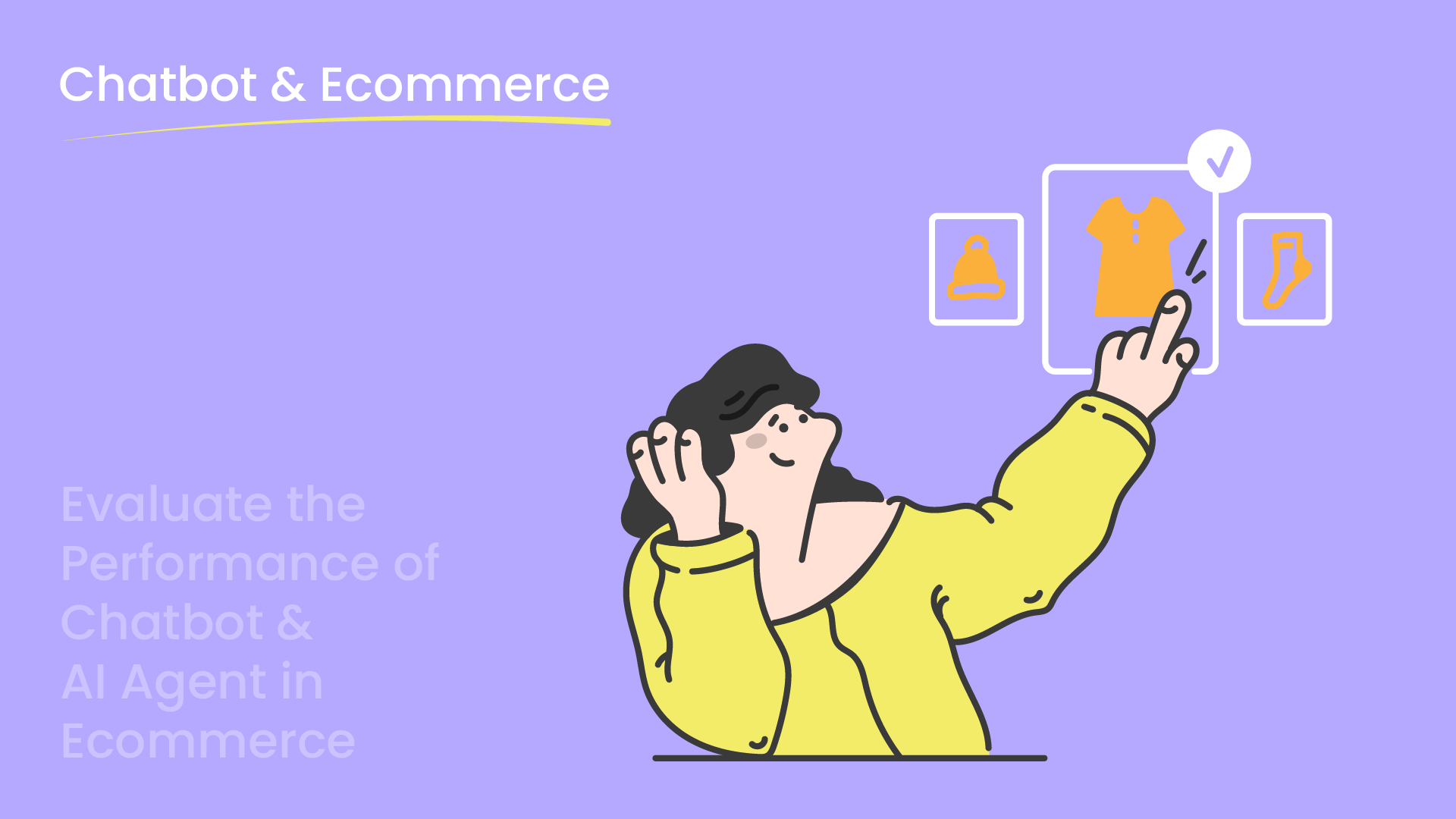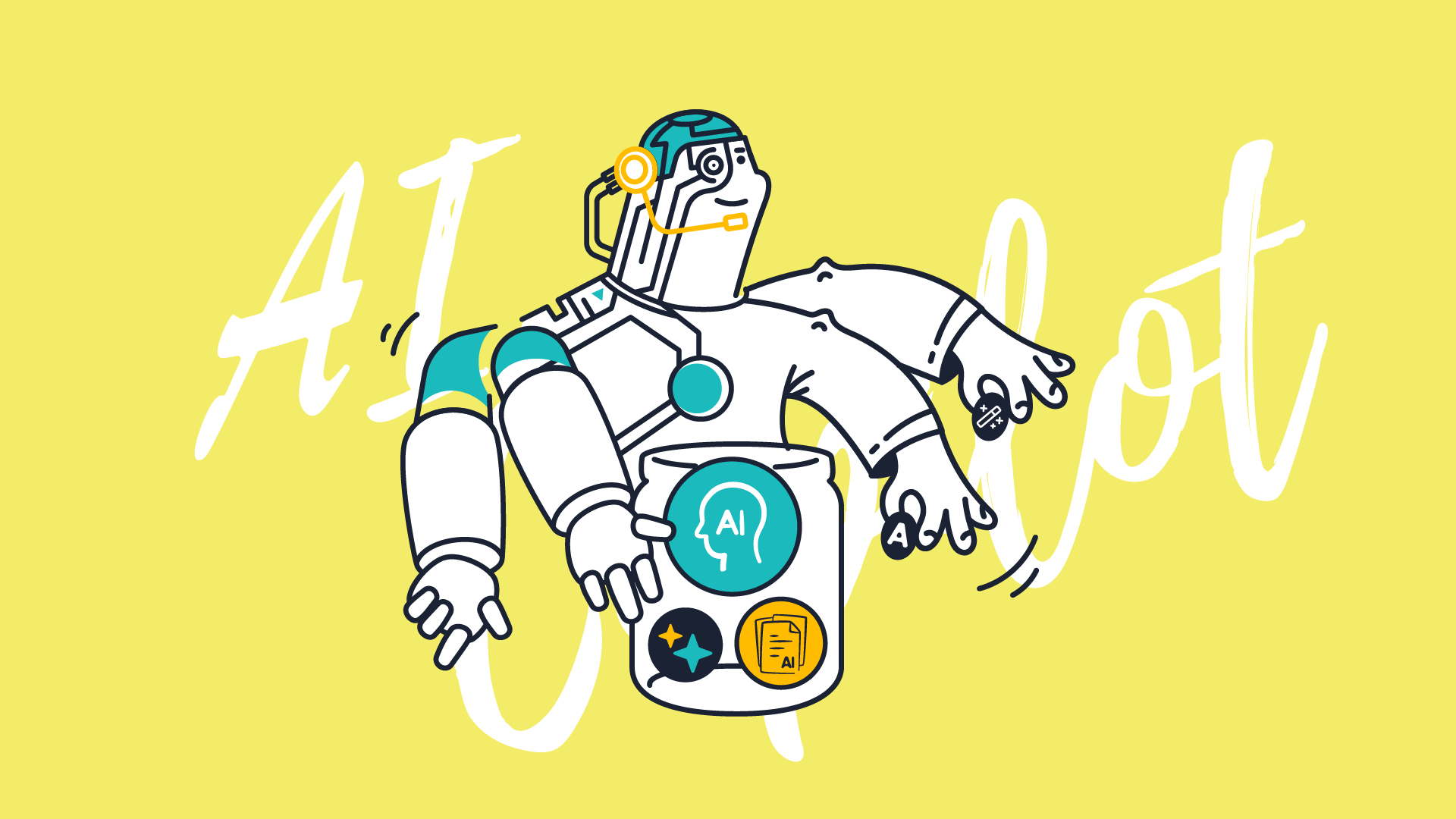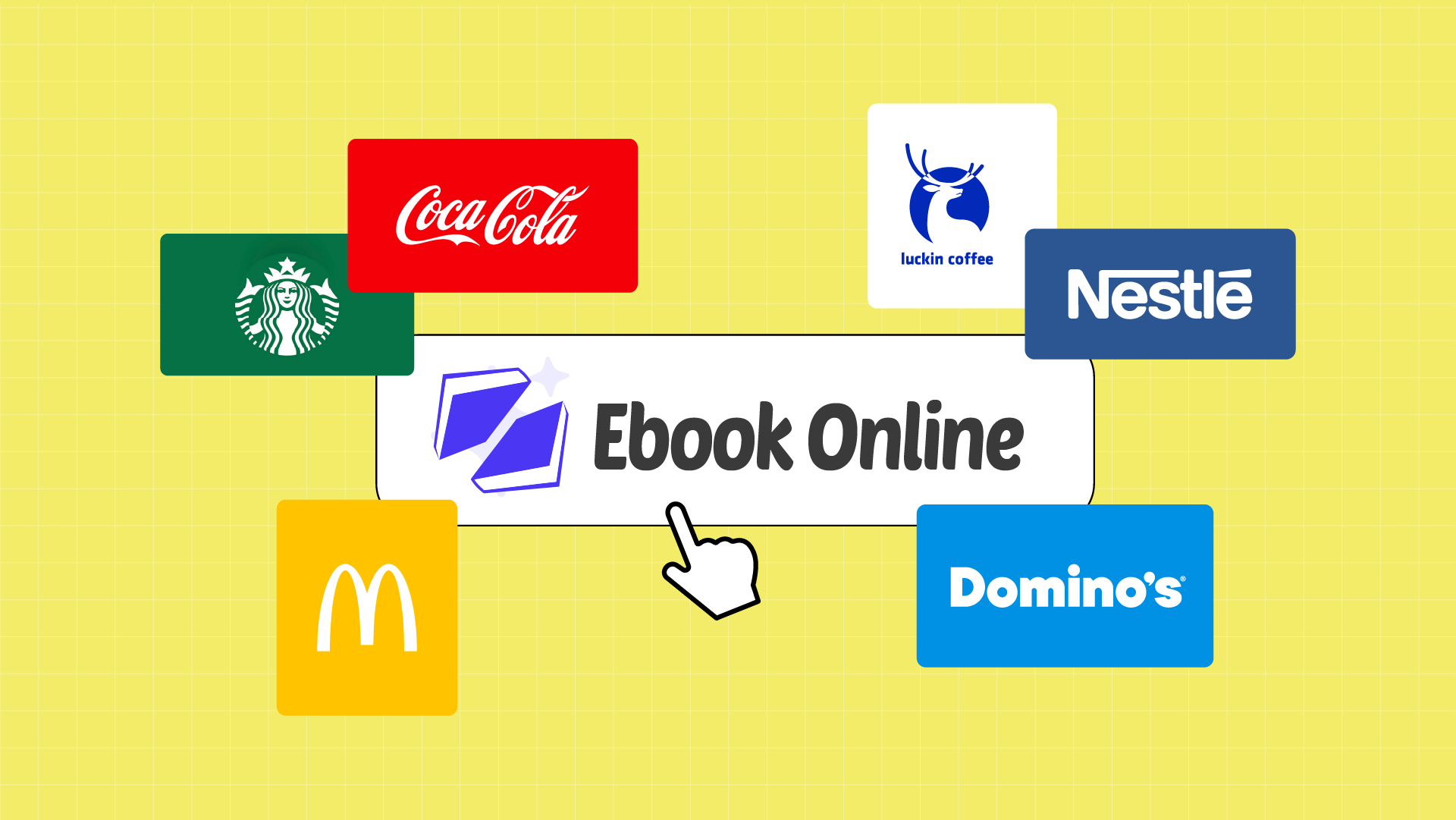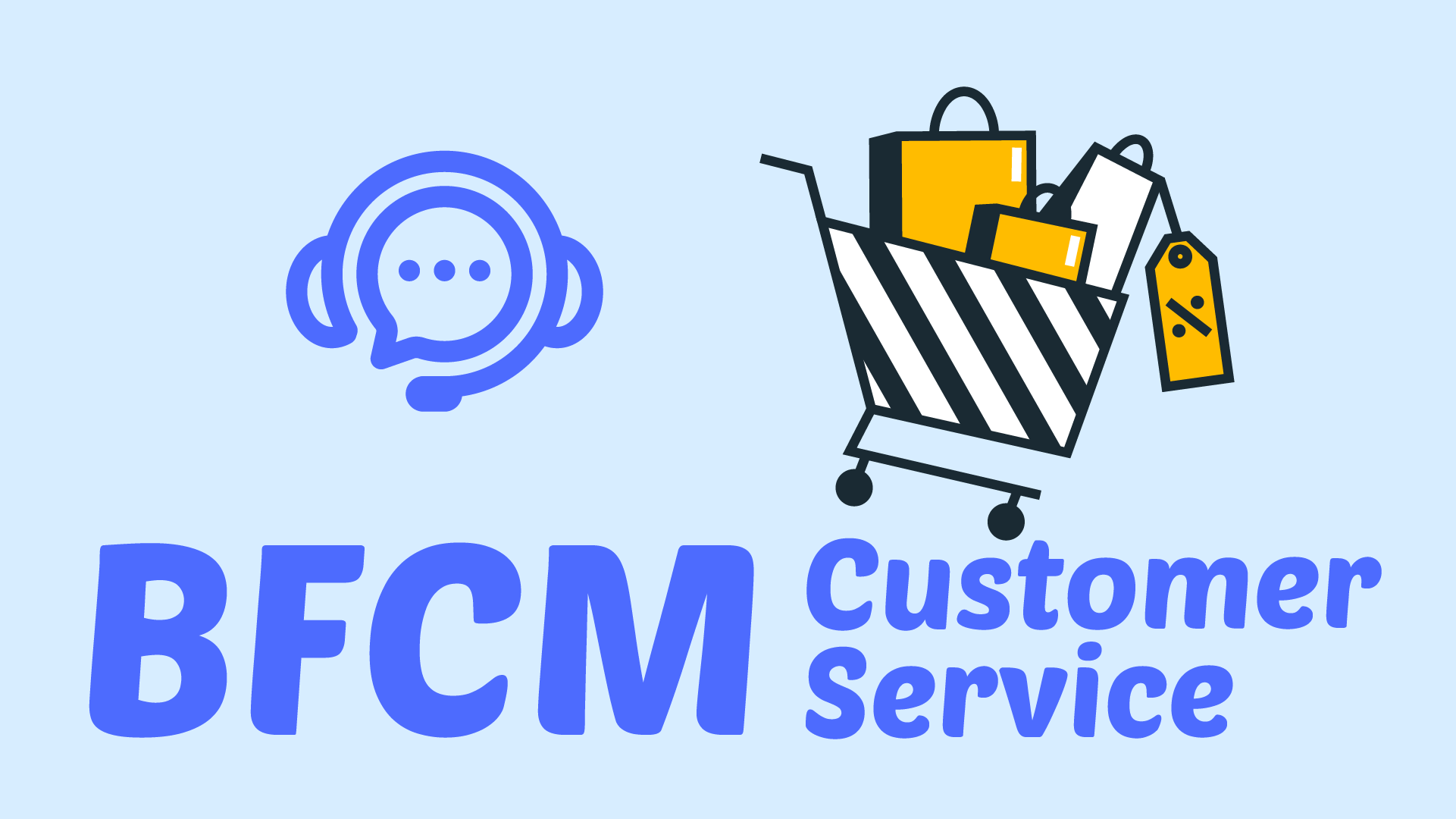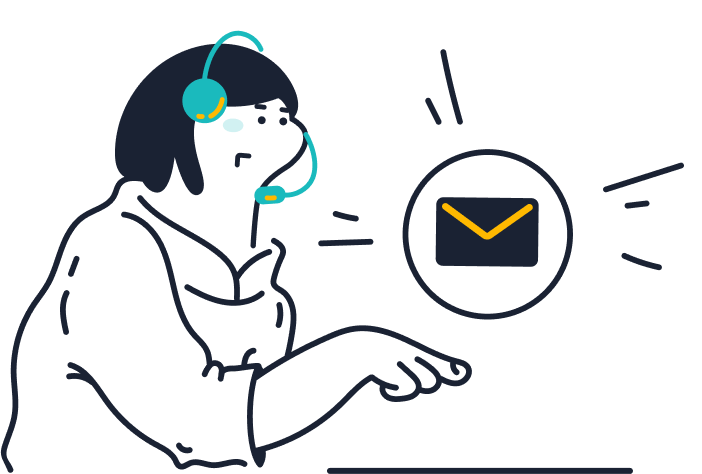Introduction
In today’s digital-first economy, businesses are rapidly turning to chatbots and AI agents to handle a wide range of customer interactions. In particular, the e-commerce sector, driven by convenience and speed, has witnessed an accelerated adoption of virtual assistants. According to a 2023 Statista report, the chatbot market is projected to reach $1.25 billion by 2025, primarily fueled by e-commerce growth.
However, simply deploying a chatbot is not enough. Without rigorous performance evaluation, even the smartest AI agent can become a bottleneck rather than a business advantage. Companies must consistently monitor, measure, and optimize chatbot performance to ensure they deliver not only quick responses but also excellent customer experiences.
Solutions like Sobot offer businesses the tools they need to deploy, manage, and evaluate powerful AI-driven customer service agents at scale.
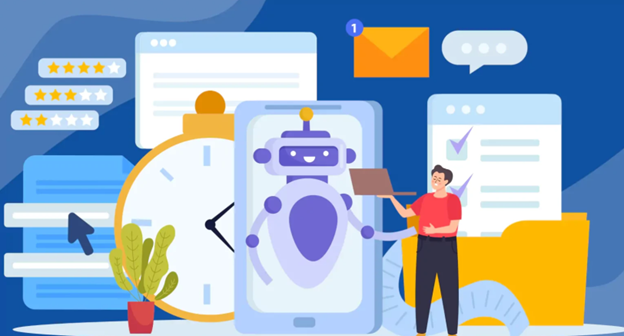
Why Evaluation of AI Agents Matters
Enhancing Customer Satisfaction
Chatbots often represent the first point of contact for online shoppers. A smooth, helpful interaction can build trust, while a poor experience can drive customers away instantly. Research shows that 73% of consumers say a good experience is key to influencing their brand loyalties (PwC, 2023).
Evaluation ensures that chatbots align with customer expectations for speed, accuracy, and empathy, fostering positive interactions that lead to repeat business.
Driving Business Efficiency and ROI
Evaluating AI agents regularly ensures they are delivering measurable value to the business. By tracking metrics like resolution rate, handling time, and conversion impact, companies can assess whether their chatbot is actually reducing support workload and accelerating sales. For example, if post-evaluation data shows that the bot is resolving 70% of routine queries without human escalation, it validates operational efficiency gains.
According to IBM, automation can reduce customer service costs by up to 30%. But without proper performance monitoring, these savings may remain assumptions. Evaluation helps justify the AI investment, optimize resources, and align chatbot performance with broader business objectives like cost reduction and customer retention.
Ensuring Continuous Improvement and Relevance
E-commerce trends and customer behaviors change rapidly. Without frequent evaluation and updates, a chatbot’s responses can quickly become outdated or irrelevant.
Through intelligent platforms like Sobot, businesses can not only monitor performance but also fine-tune conversational flows, add new FAQs, and retrain bots to adapt to evolving customer needs.
Key Indicators for Chatbot Quality and Productivity
A comprehensive evaluation strategy must focus on both qualitative and quantitative indicators.
Conversation Quality Metrics
-
Intent Recognition Accuracy
Inaccurate understanding leads to frustration. Studies show that 69% of consumers will abandon a brand if they feel misunderstood (Salesforce, 2024). High intent recognition ensures that when a user asks, “Where’s my package?” the bot correctly identifies it as a shipment tracking request, not a product inquiry.
Tip: Platforms like Sobot use advanced Natural Language Understanding (NLU) models to consistently refine intent accuracy.
-
Response Relevance and Contextuality
Beyond just recognizing intent, bots must maintain conversational context. For example, if a customer starts by browsing “men’s running shoes,” the bot should continue recommending items within that category without forcing a topic reset.
-
Language Fluency and Tone Consistency
Chatbots must mirror brand voice—whether fun, professional, or luxury-focused. A typo-riddled or stiff interaction immediately damages credibility. Sobot ensures fluency through AI language models trained for industry-specific standards.
-
Average Handling Time (AHT)
Quick responses matter in e-commerce. According to HubSpot, 90% of customers rate an “immediate” response (within 10 minutes) as very important. Measuring and minimizing AHT is critical for converting browsers into buyers quickly.
-
Customer Sentiment Score
Sentiment analysis algorithms help measure emotional tone during conversations. A rising negative sentiment score signals dissatisfaction that needs urgent addressing—especially critical during major sales events like Cyber Monday.
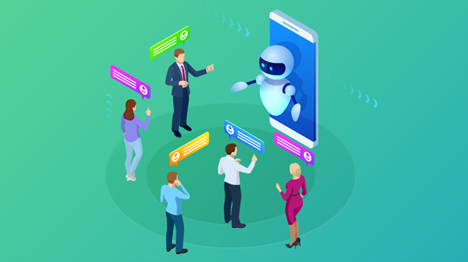
Productivity and Performance Metrics
Productivity and performance metrics reveal how well a chatbot supports business goals—such as resolving queries quickly, reducing agent load, and increasing revenue. These indicators help businesses track real-time impact and identify areas for optimization.
-
Resolution Rate / First Contact Resolution (FCR)
Resolution rate (or FCR) measures how often a chatbot successfully resolves a customer’s query during the first interaction without needing follow-up or escalation.
High FCR indicates the bot is effective and well-trained, directly impacting customer satisfaction and retention. Research from SQM Group reveals that businesses with high FCR enjoy 22% higher customer retention rates.
Sobot tracks FCR across channels like live chat, WhatsApp, and Facebook Messenger to help brands refine response quality.
-
Escalation Rate to Human Agent
This metric shows how frequently a chatbot transfers a conversation to a live agent because it can’t resolve the issue.
A high escalation rate can burden human agents and lower overall efficiency. While some escalations are necessary, an ideal range is typically below 30%. Anything above may indicate gaps in training or logic workflows.
-
Volume of Interactions Handled
This refers to the number of queries or sessions the chatbot manages within a given time frame—indicating its ability to scale during peak traffic.
Especially important in e-commerce where query volume spikes during sales events. A Zendesk report found that AI-powered businesses could handle 2.5x more customer inquiries during seasonal surges than those using human-only teams.
-
Conversion and Upsell Rates
These metrics track how often chatbot interactions lead to purchases or additional product recommendations, directly reflecting profitability.
AI chatbots that proactively suggest complementary items (e.g., recommending matching shoes with a dress) increase Average Order Value (AOV) and sales. This makes them a revenue-generating asset beyond support.
-
Self-Service Success Rate
Self-service success rate measures the percentage of interactions in which users solve their problems using the chatbot alone, without agent escalation.
A high success rate indicates strong bot design and user satisfaction. According to Salesforce, 67% of customers prefer self-service over speaking to a representative, making this a critical benchmark for modern support.
Evaluation Perspectives: How to Assess Chatbot Performance
Customer-Centric Perspective
The most important judge of chatbot performance is, ultimately, the customer. From the customer’s viewpoint, a chatbot’s success is measured by the ease, efficiency, and overall satisfaction of the interaction. Evaluation from this perspective should seek to answer key questions:
- Was the chatbot easy and pleasant to use? A user-friendly interface, natural conversation flow, and intuitive design are critical. If customers struggle to navigate the conversation, it can quickly lead to frustration and abandonment.
- Did it solve the customer’s problem without frustration? Beyond friendliness, a chatbot must be functional. Customers expect quick resolutions, not endless loops or repeated clarifications.
- Would the customer return or recommend the brand based on the interaction? Positive chatbot experiences can directly impact brand loyalty and word-of-mouth recommendations.
To capture this feedback effectively, businesses often integrate post-chat surveys, sentiment analysis, and real-time feedback forms. Solutions like Sobot make it easy to embed short surveys and emotional tracking after interactions, allowing businesses to gather actionable insights and continuously improve the chatbot experience based on real user data.
Business-Centric Perspective
From a business standpoint, the evaluation shifts toward operational impact and bottom-line contributions. Companies must assess:
- Cost Efficiency: Has the chatbot reduced the need for human agents, thereby lowering customer service overhead? Businesses can analyze staffing costs before and after chatbot deployment to measure efficiency.
- Sales Impact: Are chat-assisted interactions leading to higher conversion rates, larger average order values, or better customer retention? Bots that guide customers to the right products or offer personalized promotions can significantly influence buying decisions.
- Brand Reinforcement: Does the chatbot’s tone, language, and service quality align with the brand’s image? A mismatch can harm brand perception, while a well-designed bot strengthens it.
Technical Perspective
The technical perspective evaluates the chatbot’s backend capabilities — how well it functions under the hood. Key criteria include:
- NLP Performance: Can the chatbot accurately understand varied human input, including slang, typos, and emojis? Modern users communicate informally, and a rigid bot can break the experience.
- System Integration: Is there smooth and reliable integration between the chatbot and other business systems like CRM, ERP, and payment gateways? Seamless integration ensures faster processes and better data management.
- Learning Agility: Is the chatbot capable of learning from interactions, updating its database, and adapting to new customer behavior patterns automatically?
Platforms like Sobot offer real-time dashboards that track these technical KPIs, identify gaps, and automate updates, ensuring the chatbot remains cutting-edge and aligned with user needs.
Chatbots in E-commerce: Use Cases and Evaluation Standards
Common E-commerce Use Cases
Modern e-commerce chatbots are playing an increasingly crucial role in enhancing the customer journey by managing a variety of important tasks quickly and efficiently. Some of the most common and valuable use cases include:
- Order Tracking and Updates: Customers frequently ask, “Where’s my package?” A chatbot can instantly provide real-time updates, reducing anxiety and improving post-purchase satisfaction without burdening human agents.
- Product Recommendations: Smart chatbots analyze browsing history, preferences, and previous purchases to suggest best-selling or personalized products, which can significantly increase the chances of a sale and enhance the shopping experience.
- Promotions and Discount Code Delivery: Chatbots can proactively share ongoing promotions, deliver discount codes, and upsell or cross-sell products during conversations, helping brands drive higher cart values.
- Return and Refund Processing: Handling returns and refunds through automated flows streamlines the process, ensuring customers get faster resolutions and businesses maintain high service standards.
Each use case demands its own performance benchmarks to ensure seamless and satisfying customer experiences.
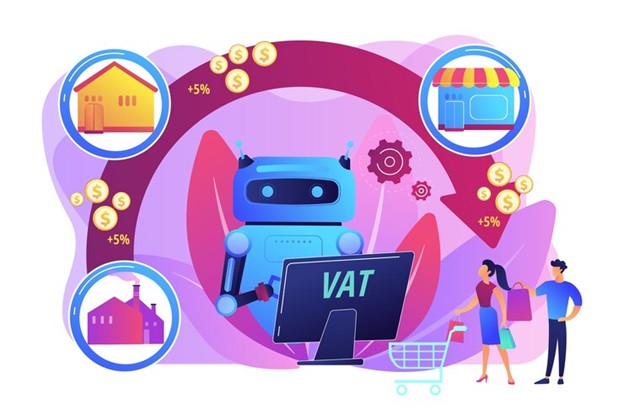
General Standards for High-Performing E-commerce Chatbots
-
Fast and Accurate Responses
Speed is absolutely non-negotiable when it comes to chatbot performance, especially in the fast-paced world of e-commerce where customer patience is limited. A bot must deliver correct, contextually appropriate responses in under 10 seconds to keep customers engaged.
Studies show that even a one-second delay in load time can reduce customer satisfaction by 16%. High-performing solutions like Sobot take this seriously — their optimization engine ensures response latency stays under 2 seconds, even during high-traffic events like holiday sales or flash promotions, maintaining an excellent user experience at all times.
-
24/7 Availability
In today’s global shopping environment, customers expect assistance at any hour. Microsoft reports that 54% of consumers expect brands to offer 24/7 service. For e-commerce businesses, this around-the-clock availability is essential, especially considering many shoppers browse and buy outside traditional working hours—early mornings, late nights, and weekends.
An always-on chatbot ensures that no sales opportunities or support requests are missed. Sobot’s AI agents are designed to maintain full functionality 24/7, providing dependable support across multiple channels without downtime.
-
Personalization Capabilities
Personalization isn’t just a nice-to-have anymore—it’s a growth driver. According to Epsilon research, personalized experiences can boost conversion rates by up to 80%. High-performing chatbots should greet returning users by name, recommend products based on browsing or purchase history, and tailor conversations to individual preferences.
Sobot’s AI leverages customer data securely to create highly personalized interaction flows, boosting both customer satisfaction and sales.
-
Multilingual Support
In today’s global e-commerce landscape, speaking the customer’s language is crucial. A multilingual chatbot can boost engagement and loyalty by removing language barriers. In the U.S. alone, Hispanic consumers are projected to hold $2.4 trillion in buying power by 2024 (NielsenIQ).
Offering support in Spanish and other languages ensures inclusivity and expands brand reach. Multilingual bots also reduce the need for large, multilingual support teams, cutting costs while maintaining 24/7 availability. Platforms like Sobot enable training bots in over 20 languages, helping brands scale internationally with confidence.
-
Seamless Human-Agent Handover
Not every query can or should be handled by a chatbot. When escalation to a human agent is necessary, it must happen seamlessly, without making customers repeat themselves. A messy handoff can frustrate users and hurt brand trust.
Sobot’s smart escalation features ensure that when a conversation is passed on, all previous chat history and context are available instantly to the human agent, maintaining conversation continuity and minimizing friction.
Conclusion
Evaluating chatbot and AI agent performance is essential to delivering exceptional e-commerce customer service. By closely monitoring conversation quality, productivity, and technical adaptability, businesses can ensure their bots not only meet but exceed customer expectations.
In the competitive e-commerce landscape, fast, personalized, and 24/7 multilingual support has become a standard, not a luxury. Investing in continuous assessment helps improve customer satisfaction, drive conversions, and optimize support costs.
For businesses seeking a reliable, high-performing chatbot solution, Sobot offers cutting-edge AI capabilities tailored to e-commerce needs. From intelligent automation to seamless human handover and real-time analytics, Sobot empowers brands to elevate their customer service experience. Ready to transform your e-commerce support? Explore Sobot’s solutions today and stay ahead in the AI-driven future.
FAQs
What is CX in retail & e-commerce industry?
CX in the retail and ecommerce industry refers to the overall experience that customers gain in their interactions with retail brands, covering every stage from understanding the products, purchasing, using to after-sales service. A good customer experience can help retailers win customer loyalty and enhance competitiveness.
Which industries can benefit from Sobot Chatbot?
Sobot Chatbot is suitable for various industries, including retail and e-commerce, financial services, gaming and entertainment, enterprise services, healthcare, education, etc.
As long as you face customer service difficulties such as a large volume of inquiries and repeated inquiries about common issues, you can consider Sobot Chatbot to improve customer reception efficiency. Our chatbot is 24/7 online, so customers don’t have to wait or leave messages.
What are the applications of Sobot retail & e-commerce solution?
1. Pre-sales Consultation: Quickly answer customers’ questions about products, promotions, inventory, etc., and enhance customers’ purchasing intention.
2. In-sales support: Assist customers in completing the order, payment, coupon use and other operations, reducing the shopping cart abandonment rate.
3. After-sales service: Handle after-sales issues such as fault repair, return and exchange, logistics enquiry, order modification, etc. to enhance customer satisfaction.
4. Membership operation: Support accurate member marketing and loyalty management through proactive care, operation and data analysis.
5. Promotional activity support: Sobot contact center solution for retail & e-commerce can respond to the high volume of consultations, and proactively launch marketing activities during e-commerce promotions to ensure customer experience and improve sales volume.
